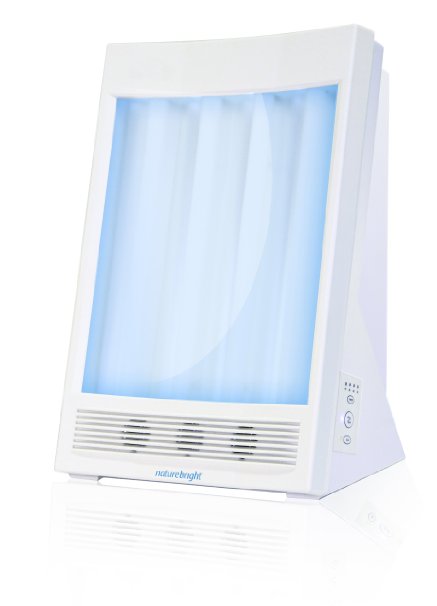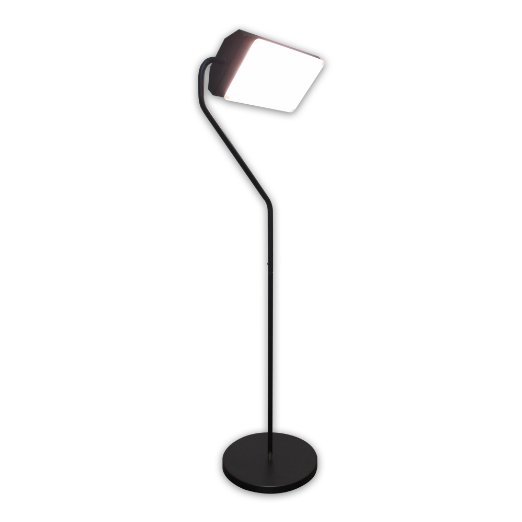Mind Hand Heart Innovation Grant
This project is funded by the MindHandHeart Innovation Fund. The goal of this project is to place public artificial lightboxes around locations on campus for people with Seasonal Affective Disorder (SAD). Lightboxes are large and expensive, making it challenging for students to have consistent access to them. By placing lightboxes in accessible locations on campus, we can ameliorate some of the effects from the north eastern winter.
Innovation Fund
The MindHandHeart Innovation Fund seeks to leverage the enthusiasm and problem-solving skills of the MIT community to find new and inventive ways of increasing awareness about mental health, building communities of support, and promoting life and wellness skills.
Light Therapy Overview mayoclinic.org
Light therapy is a way to treat seasonal affective disorder (SAD) and certain other conditions by exposure to artificial light. SAD is a type of depression that occurs at a certain time each year, usually in the fall or winter.
During light therapy, you sit or work near a device called a light therapy box. The box gives off bright light that mimics natural outdoor light.
Light therapy is thought to affect brain chemicals linked to mood and sleep, easing SAD symptoms. Using a light therapy box may also help with other types of depression, sleep disorders and other conditions. Light therapy is also known as bright light therapy or phototherapy
Lightbox Models
We have two types of lightboxes on campus: desk lamp and floor lamp.


Both lamps provide 10,000 lux of UV blocked light. The desk lamp provides 'blue light and ions'. The floor lamp features 'full spectrum light'. Try out both to determine which model works best for you.
Where to find lightboxes
Currently, our lightboxes are set up in the telephone booths of the MIT Stata Center.
Safety Message mayoclinic.org
Light therapy is generally safe. If side effects occur, they're usually mild and short lasting. They may include:
- Eyestrain
- Headache
- Nausea
- Irritability
- agitation
- Mania, euphoria, hyperactivity or agitation associated with bipolar disorder
When side effects do occur, they may go away on their own within a few days of starting light therapy. You also may be able to manage side effects by reducing treatment time, moving farther from your light box, taking breaks during long sessions or changing the time of day you use light therapy. Talk to your doctor for advice if side effects are a problem.
It's best to be under the care of a health professional while using light box therapy. It's always a good idea to talk to a doctor before starting light therapy, but it's especially important if:
- You have a condition that makes your skin especially sensitive to light, such as systemic lupus erythematosus
- You take medications that increase your sensitivity to sunlight, such as certain antibiotics, anti-inflammatories or the herbal supplement St. John's Wort
- You have an eye condition that makes your eyes vulnerable to light damage
Light therapy may trigger mania in some people with bipolar disorder, so get advice from your doctor before starting light therapy. If you have any concerns about how light therapy may be affecting your mood or thoughts, seek help right away.
Project Organizer
Ariel Anders is a PhD student at CSAIL. Hailing from California, she had a hard time adjusting to the winters at MIT. After her personal research and discussing with professionals, she decided to start light therapy treatment in addition to taking Vitamin D supplements. After hearing about the MindHandHeartInnovation grant and three years of using a lightbox, she decided to submit her first grant proposal!
## Requests for lightboxes on campus We have a short supply of extra light boxes to set up on other places in campus. Please email me if you would like to receive one (aanders@mit.edu)
Light therapy in the News
- MindHandHeart Initiative announces first-round Innovation Fund grant recipients
- Time: You Asked: Is Seasonal Affective Disorder Real?
- Harvard Health Publications: Seasonal affective disorder: bring on the light
Support or Contact
- If you have any questions or comments about this project, feel free to contact me at aanders@mit.edu
- These lightboxes have prior approval from MIT Environment, Health & Safety (EHS) to place on campus. If you have any environmental or safety concerns, please contact their department.